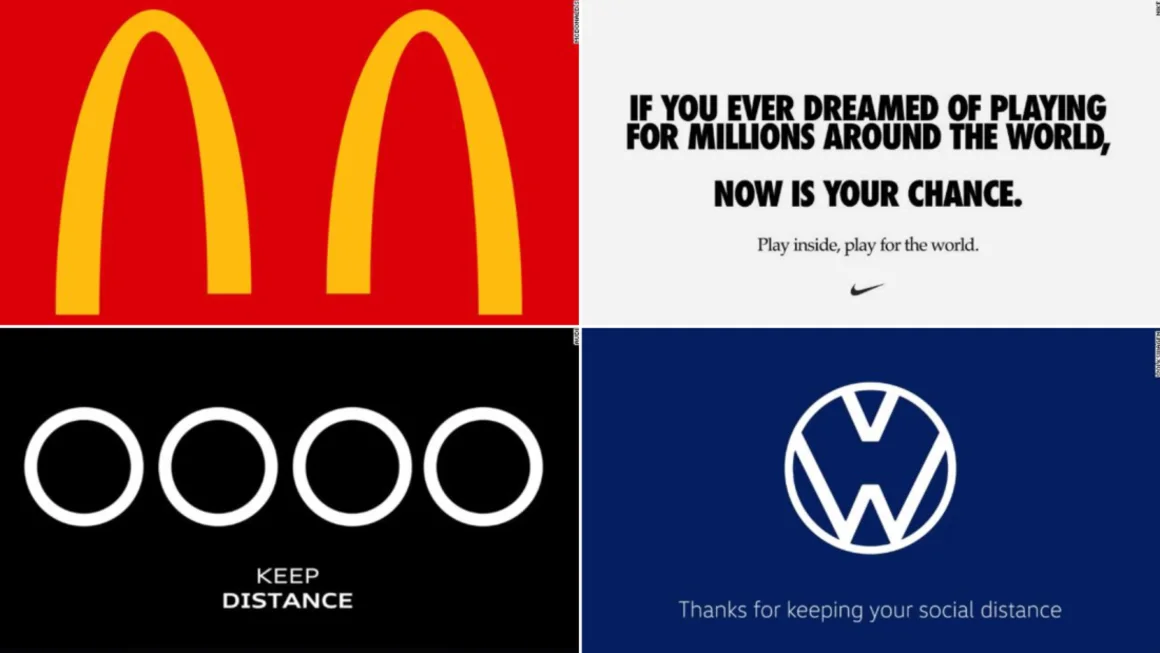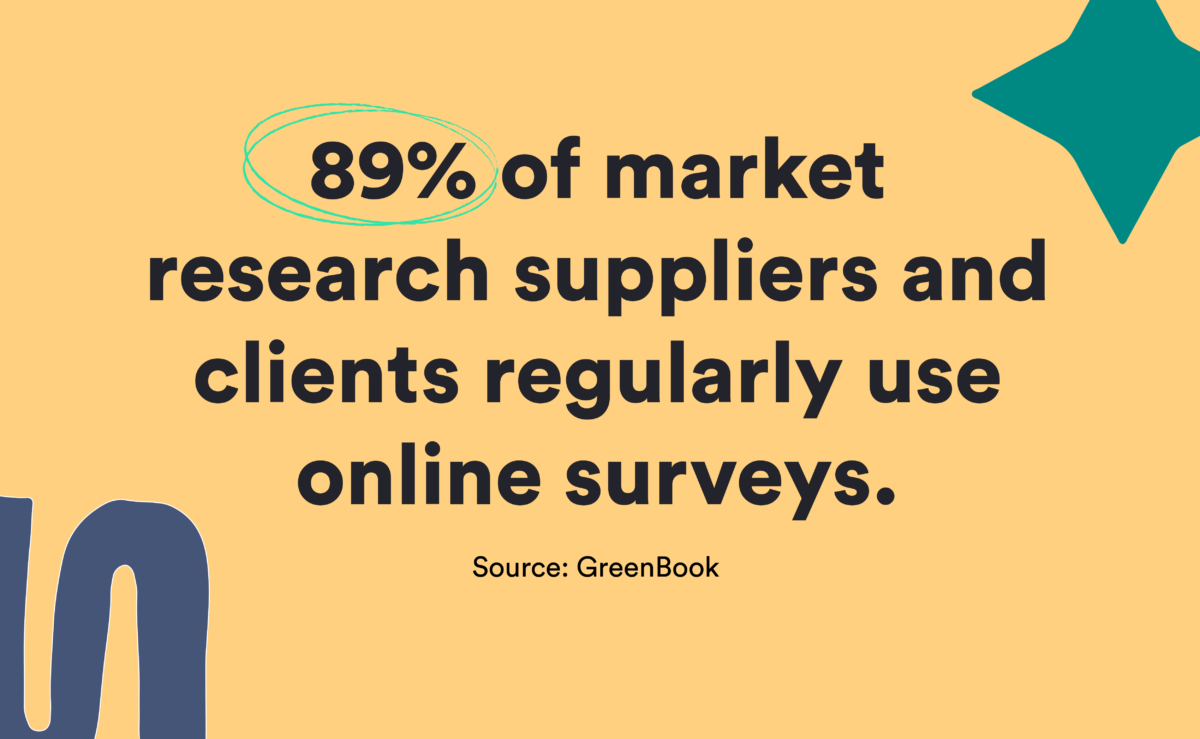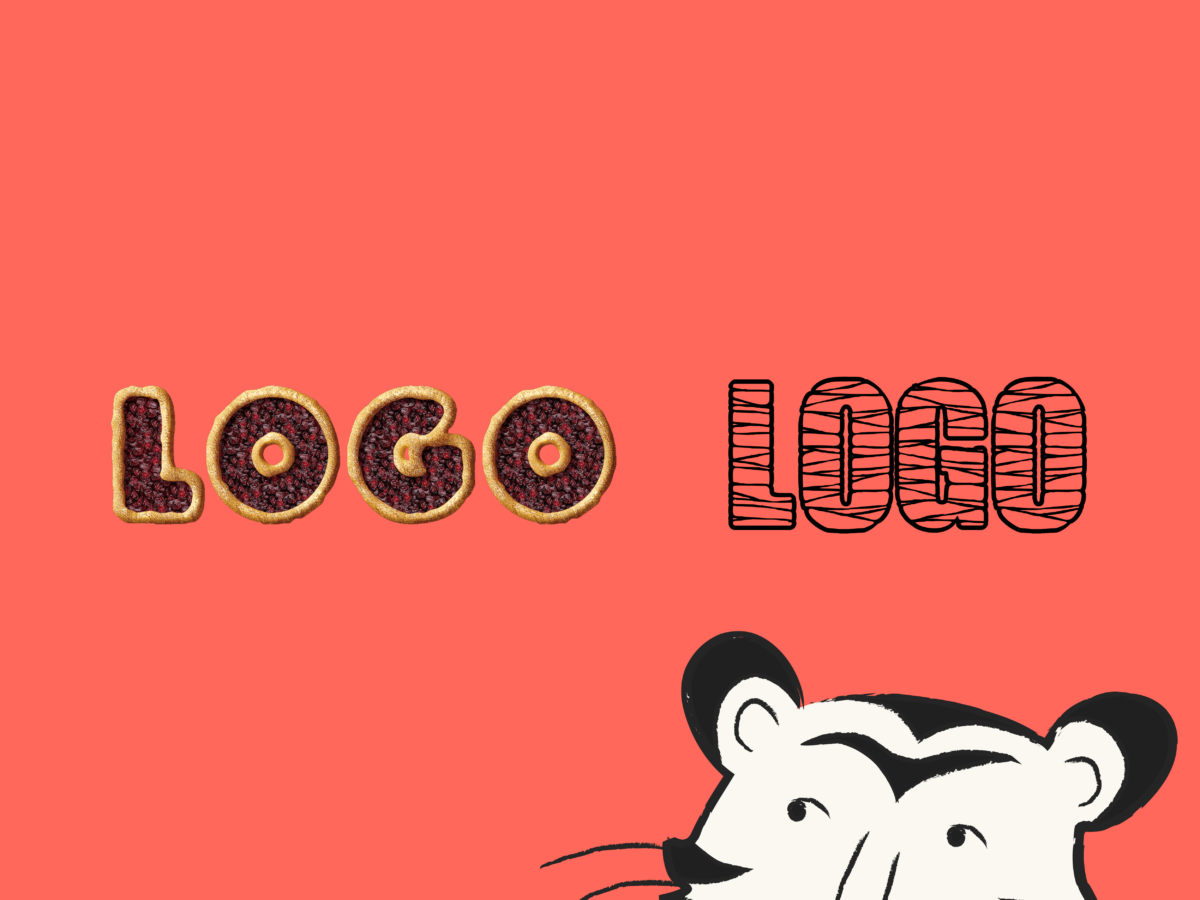A logo is not just an ordinary emblem; it’s a crucial part of your brand identity. It’s what customers and the public often associate your values, products, and reputation with.
However, as times change, so do the trends, market demands, and consumer expectations. Consequently, you might discover that your logo has become outdated. Your logo may no longer resonate with the target audience, or it may not effectively convey your brand’s message. In such cases, logo rebranding is necessary.
Logo rebranding is a process that involves making significant changes to an organization’s existing logo. It’s more than just cosmetic tweaks; it’s about strategically updating your logo to better align with the company’s evolving values, goals, and market positioning, or simply giving it a more modern and relevant look. In other words, logo rebranding serves as a means to evolve your brand, ensuring relevance and competitiveness in the market.
But how do you know when it’s time for a rebrand?
How to recognize the need for logo rebranding
Determining when to rebrand your logo is not a one-size-fits-all decision. Rather, it’s a multifaceted process influenced by a range of factors unique to your brand. In the following section, we explore some of the signs that signify when the moment is ripe to start your logo rebranding journey.
1. Shelf competition
If your company is in the retail space, your logo plays a pivotal role in catching the consumer’s eye. When you find yourself redesigning your packaging to stand out on crowded shelves, it’s usually an indicator that your logo also needs a refresh. Consider the case of Coca-Cola; the brand periodically updates its iconic logo, but in a very subtle way.
The overall design and script have remained largely unchanged since 1886, maintaining the logo’s iconic status and brand recognition. However, Coca-Cola has made minor tweaks and stylistic adjustments throughout the years to keep the logo fresh and relevant, maintaining visibility and appeal in the beverage industry.

2. Consumer trends
Consumer preferences and trends are constantly evolving. Adapting your logo to align with these changes is crucial. Take Apple, for example. Over the years, the brand has adjusted its logo to reflect shifting design aesthetics, emphasizing simplicity and modernity to resonate with contemporary consumers.

3. Retailer demands
Consistent negative feedback from various retailers and consumers indicating poor logo recall, confusion with competitors, or misalignment with brand values is a strong reason to consider a redesign.
Additionally, if your logo fails to stand out in a crowded market and doesn’t effectively communicate your brand’s unique selling proposition, a redesign can be beneficial. Walmart, for instance, often collaborates with brands to optimize their packaging, marketing, and brand identity for better shelf appeal and consumer engagement.
4. Product expansion
As your brand grows and diversifies, you need to carefully consider your brand identity, specifically your logo. Your logo should evolve to reflect the growth and diversity, ensuring that it remains appealing and relatable to all segments of your target audience.
For example, if you are expanding your product offerings, your logo should serve as a unifying element across your product lines, creating a cohesive brand image that customers can easily recognize and trust. Elements like color schemes, typography, and design elements should harmonize with your original logo.
5. Name change
A name change is a compelling reason for a logo rebrand. When FedEx rebranded from Federal Express, they introduced a new logo to reflect the change in their corporate identity and brand name.

6. Seasonal relevance
Temporary logo tweaks for limited-time or holiday strategies can create a sense of freshness and seasonality in your brand. Take, for instance, how various companies like McDonalds, Mercedes, Volkswagen, and Audi adapted their logos during the COVID-19 pandemic to encourage social distancing.

Similarly, brands YouTube, Target, and Google tweak their logos by introducing special holiday-themed logos during the festive season.
7. Mergers
After a merger or acquisition, it’s usually essential to create a unified logo that represents the new brand identity. An excellent example of this is the November 2008 merger of InBev and Anheuser-Busch, which resulted in a new logo that combined elements from both companies.

8. Brand maturity
As your brand matures and establishes a more refined image, your logo should reflect this growth. Microsoft is a prime example of a brand that has progressively updated its logo to mirror its evolution from the groovy seventies, through the heavy metal eighties, the creative nineties, to ultimately represent the contemporary tech conglomerate it has become in the present day.
9. Audience shift
When your target audience undergoes a significant shift, it’s imperative that your logo evolves to resonate with this new demographic. A great illustration of this strategic adaptation is Old Spice’s 2010 rebranding effort, which was specifically tailored to engage a younger and more contemporary audience.

As reported by Branding Times, Old Spice rebranded with the ultimate objective of connecting with Millennials, recognizing that both older individuals and teenagers aspire to embrace a youthful spirit. Just a year after implementing their rebranding strategy, including a new logo, Old Spice experienced over 100% increase in sales.
10. Innovation
Innovation is a cornerstone of success in today’s rapidly evolving business landscape. If your company has garnered a reputation for pioneering and groundbreaking products or services, your logo should serve as a visual representation of this innovative spirit.
For example, consider using a modern and unconventional color palette that distinguishes your logo from traditional competitors. Moreover, a contemporary font style that reflects the cutting-edge nature of your business can add uniqueness to your logo, reinforcing your innovative brand identity.
9. Messaging clarity
Sometimes, a logo may fail to effectively communicate your brand’s essence. In such cases, a rebranding effort can help in conveying a clearer message. Pepsi underwent a logo transformation to reflect its shift towards a more relevant, youthful, and dynamic image.
12. Digital transformation
In today’s digital age, optimizing your logo for digital platforms is crucial. Continuing with the Pepsi example, the brand is now moving to a new identity that is specifically designed to appeal to consumers in today’s increasingly digital world.
According to the company’s CMO, Todd Kaplan, “the new visual design ushers in a ‘new era’ for Pepsi and will help to drive brand distinction.”

During a website rebrand is an ideal time to ensure that your logo looks appealing and functions well in the digital space. For instance, your logo should have a responsive design and be available in various file formats (e.g., vector formats like SVG, and raster formats like PNG and JPEG) to accommodate different digital platforms and use cases.
How to rebrand a logo
A logo rebrand can be a complex process, but knowing the following key elements of the process can make things simpler.
Establishing objectives
Before embarking on a logo rebrand, it’s crucial to establish clear objectives. Ask yourself why you’re rebranding. Is it to reach a new audience, modernize your image, or reflect a change in your company’s values or mission? Consider the following examples:
- A redesign will alter your logo’s design and will include elements such as changing colors, typography, shapes, or overall appearance.
- Simplification will alter complex or cluttered logos to make them more memorable and versatile.
- Modernization will update your logo to align with current design trends and aesthetics.
In addition, you should also ask the following:
- What message do you want your new logo to convey? Define the emotions and associations you want it to evoke.
- What are your brand’s core values? Ensure that your new logo aligns with these values.
Market research and analysis
Understanding your target audience and the competitive landscape is essential. Conduct market research to:
- Know your target audience: Who are they? What are their interests and pain points? Understanding this will help you create a logo that resonates with them.
- Identify trends: Determine current design trends in your industry and whether your current logo feels dated.
- Analyze competitors: Study your competitors’ logos to ensure that your new logo stands out while fitting within your industry’s visual language.
- Gather feedback: Seek input from stakeholders, employees, and customers to gain insights and address concerns. For instance, you can survey or interview your customers and internal teams to learn more about what they like to see in a logo. The feedback you gather should help you determine if the logo design you have in mind will reflect the company’s current values, mission, and brand positioning.

Concept development
This stage involves brainstorming and ideation. Create a list of potential logo concepts and sketches. Consider:
- Symbolism: Explore symbols or imagery that resonate with your brand’s message and values.
- Typography: Experiment with different fonts to find the right style for your brand.
- Color palette: Choose colors that align with your brand’s personality and convey the desired emotions.
- Simplicity: Keep your logo design clean and uncomplicated for better scalability and versatility.
Design iteration
With your initial concepts in hand, begin the design process. Work with a professional graphic designer or a design team to create logo variations. Don’t rush this phase; multiple iterations may be necessary to refine the design.
- Have a robust feedback loop: Continually gather feedback from stakeholders and make adjustments accordingly.
- Versatility: Ensure that your logo works well in different sizes, on various backgrounds, and in both color and black and white.
- Consistency: Make sure the new logo maintains visual consistency with other branding elements like websites, marketing materials, and packaging.
Legal considerations
Trademark and copyright laws are crucial during a logo rebrand. Consult legal experts to:
- Check trademarks: Verify that your new logo does not infringe on existing trademarks.
- Secure rights: If necessary, register your new logo to protect it legally.
Logo rollout
Plan the rollout of your new logo carefully. Consider:
- Timing: Decide when and how to unveil the new logo to the public. You can, for example, invest in a creative and disruptive go-to-market strategy for the new branding to create conversations and attract attention.
- Assets: Prepare updated brand collateral, including business cards, letterheads, and marketing materials.
- Digital transition: Ensure that your website, social media profiles, and email signatures are updated with the new logo.
- Internal discussions: Educate the internal team about the new logo strategy, ensuring consistency in communicating the updated brand identity.
- Retailer discussions: Inform key retail partners about any logo changes to coordinate inventory and promotional changes.
Launch and promotion
Announce your logo rebrand to the world. Use various marketing channels to generate buzz:
- Press releases: Share the story behind your rebrand and its significance. Get a free rebranding press release, plus some tips to create your own here.
- Social media: Post teasers, reveal videos, and engage with your audience to build excitement.
- Events: You can leverage events to move beyond basic social media and PR releases to create impact. Consider hosting a launch event or partnering with influencers to create a buzz.
Gather feedback and monitor
After the launch, pay attention to feedback from customers, employees, and the media. Monitor how the new logo is perceived in the market and be prepared to make adjustments if necessary.
Also, measure the success of the logo redesign with KPIs that align with broader business goals like brand awareness and market share.
Long-term brand management
Your logo rebrand is just the beginning. Continually manage and evolve your brand identity to stay aligned with your business goals and market trends.
Here’s to your logo rebranding success!
Remember that a logo rebrand is a significant undertaking that should align with your brand’s long-term strategy. By following the steps outlined in this blog and investing time and effort into the process, you can successfully rejuvenate your brand and connect with your target audience in a more meaningful way.
Ready to move beyond logo rebranding and toward a complete brand identity overhaul, or want to learn more about rebranding? This Rebranding Checklist Template has got you covered.
Better yet, why not leverage the expertise of a team that has proven rebranding experience? The Literal Humans team brings not only creative expertise but also a deep understanding of market trends, consumer psychology, and brand identity.
Schedule a free strategy session to explore how strategic rebranding can reinforce your brand’s core values and amplify your presence in a competitive marketplace.









